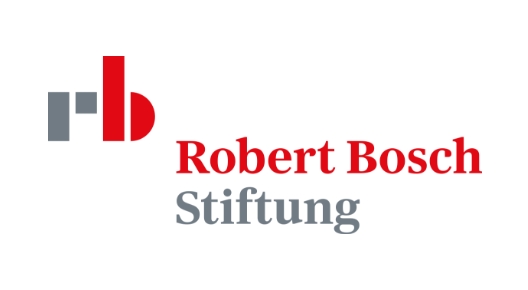Climate Philanthropy Guide

What role and answers do foundations have in the face of the greatest crisis of the century? How can every foundation bring a climate perspective to its portfolio? Our Climate Philanthropy Guide addresses these questions, offers insightful case studies and provides hands-on advice that can be implemented immediately.
“The guide is a useful resource for foundations from whichever sector to start thinking about how they can contribute to tackling the climate crisis while delivering on their core mission.”
Sandrine Dixson-Declève, Former Co-President, The Club of Rome
Connecting the dots: Tackling climate change with an intersectional approach
The last few decades have been marked by incredible progress in social justice and improved living standards due to the tireless work of many, including the global philanthropic community. But a rapidly heating planet puts these hard won gains at risk. Climate change is already reinforcing existing inequalities and making the grand challenges that societies face harder to solve.

Just & democratic societies

Public health

Disadvantaged
groups

Education

Nature conservation
This is why philanthropists around the world cannot afford to ignore our heating planet. Our guide attempts to connect the dots: It illustrates how the climate crisis impacts funding portfolios and highlights where there are co-benefits with taking climate action. It looks at five key areas that we call ‘climate intersections’.
Selected case studies

Mary Robinson, Founder of Mary Robinson Foundation – Climate Justice
“I came quite late to understanding climate change,” Mary Robinson once stated referring to her time as a UN High Commissioner. Around 2003, she became acutely aware of the social injustices climate change brings. This led her to think of ‘climate change’ in terms of ‘climate justice’. In our interview, Robinson outlines five layers to this injustice, speaks about what kind of stories work and explains why fearmongering is a poor counsellor. Read the full interview in part 1 and 2 here.

Sonia Medina, Executive Director Climate Change, CIFF – Children’s Investment Fund Foundation
The London-based foundation works to improve the lives of children in developing countries who live in poverty. With the climate crisis being the single biggest threat to children, today and in the future, CIFF has tirelessly combined its work on children’s issues with minimising the risk of climate impacts. Integrating a climate lens into CIFF’s portfolio has therefore become critical to fulfil its mission. Read on to learn about the challenges CIFF encountered and why monitoring and tracking is vital in order to maximise the impact.
Explore the guide
The full guide, its summary, case studies and more can be downloaded further down this page. Available languages: English, German, French
Downloads
Looking for other languages?
Download the guide in German or French.
An introduction to the guide by Dr. Felicitas von Peter
If you click here, a video hosted on YouTube will be played, which involves data being exchanged between you and YouTube. For more information, please refer to the YouTube privacy policy.
Please turn on English subtitles in the video settings (“wheel” in the right hand corner)



Get in touch
Please direct your inquiries, comments, feedback or questions related to the guide to Dr. Johannes Lundershausen and/or Louis Wilß.






